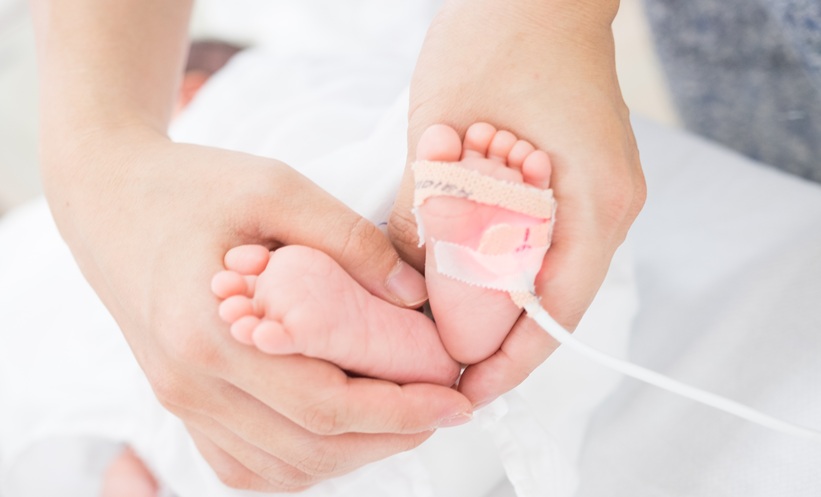PREGNANCY OUTCOMES and disease susceptibility have been linked to genetic variations by results from the largest set of genomic sequencing conducted in expectant mothers to date. The results highlight not only pockets of genetic variation within China, but also which individuals are more likely to have twins and many other pregnancy outcomes.
Conducted at Beijing Genomics Institute (BGI), Shenzhen, China, the study processed genetic information from >140,000 expectant mothers. Mothers provided blood samples that were then analysed for fetal chromosomal abnormalities, specifically Down’s Syndrome, through the analysis of free floating fetal DNA in the mother’s blood; this risk-free method of genetic screening, termed cell-free fetal DNA testing, is widespread in China. It offers a non-invasive alternative prenatal testing technique that is safer for the unborn child compared to methodologies used more commonly in the USA, which require the removal of cells from the fetus.
Study leader Dr Xun Xu, BGI, explained: “If you have these genotypes and compare them to phenotypes, that is, something you can measure, you can find genetic variants that explain human traits.” Variation in the NRG1 gene was linked to a greater or lesser risk of twin birth and was associated with hyperthyroidism, supporting previous mouse model studies that have linked thyroid function with twin births. EMB gene variants were linked to older first-time mothers, while several other genetic variations were linked to control over height and BMI for the first time.
Obtaining the DNA via a blood sample also gave the research team the opportunity to investigate the effects of viral load on gene expression: MOV10L1 was identified with higher concentrations of herpesvirus 6, which is attributed to roseola.
These intriguing results were obtained from analysis of only 10% of each genome, thus further work is required to analyse even greater portions of the genetic sequence. Nonetheless, these exciting data show the potential for genome analysis to predict pregnancy outcomes and even future disease susceptibility.








